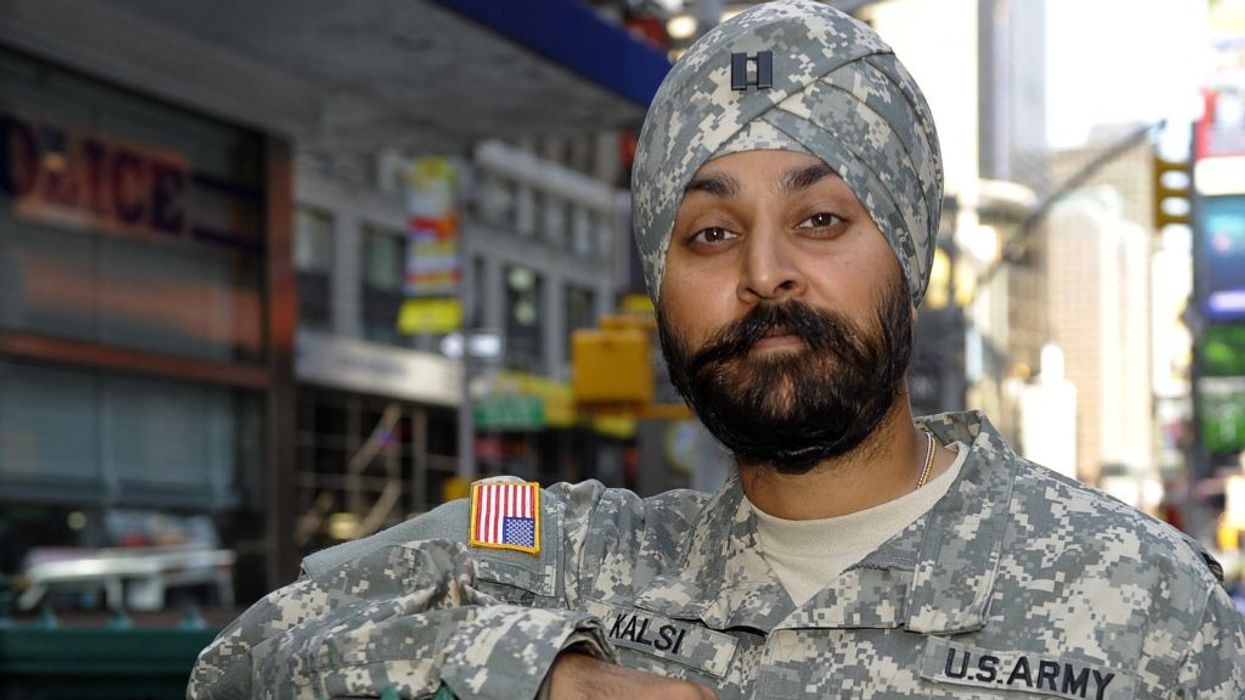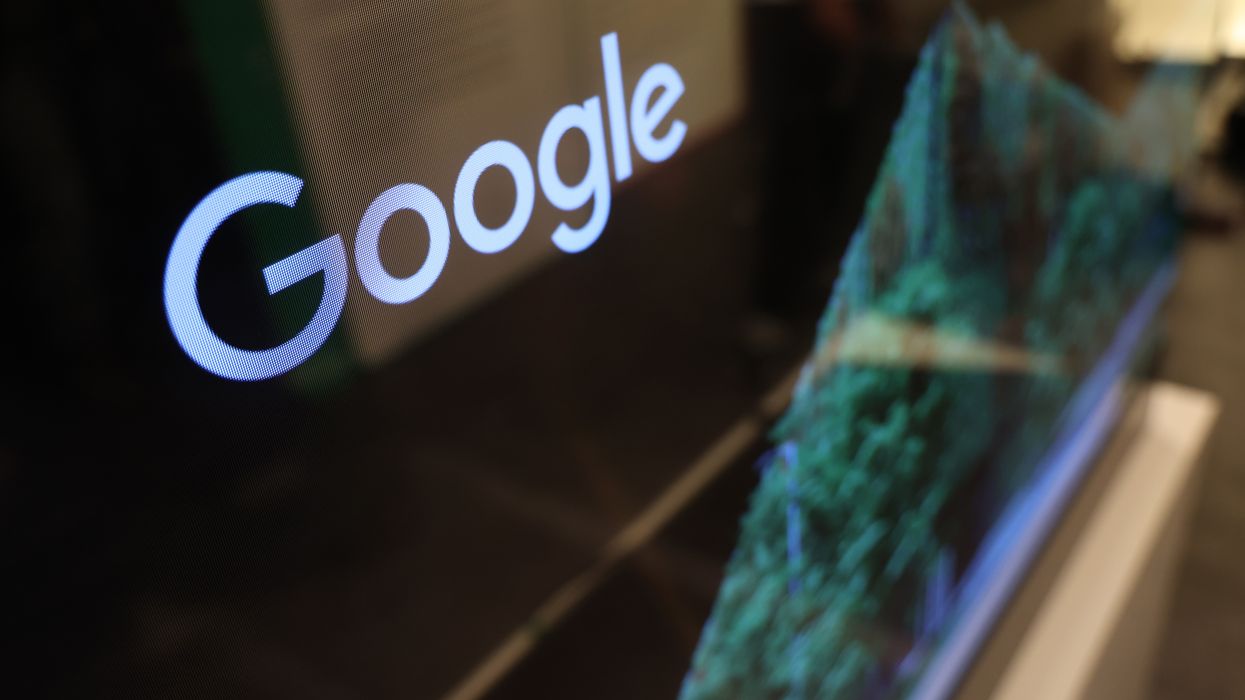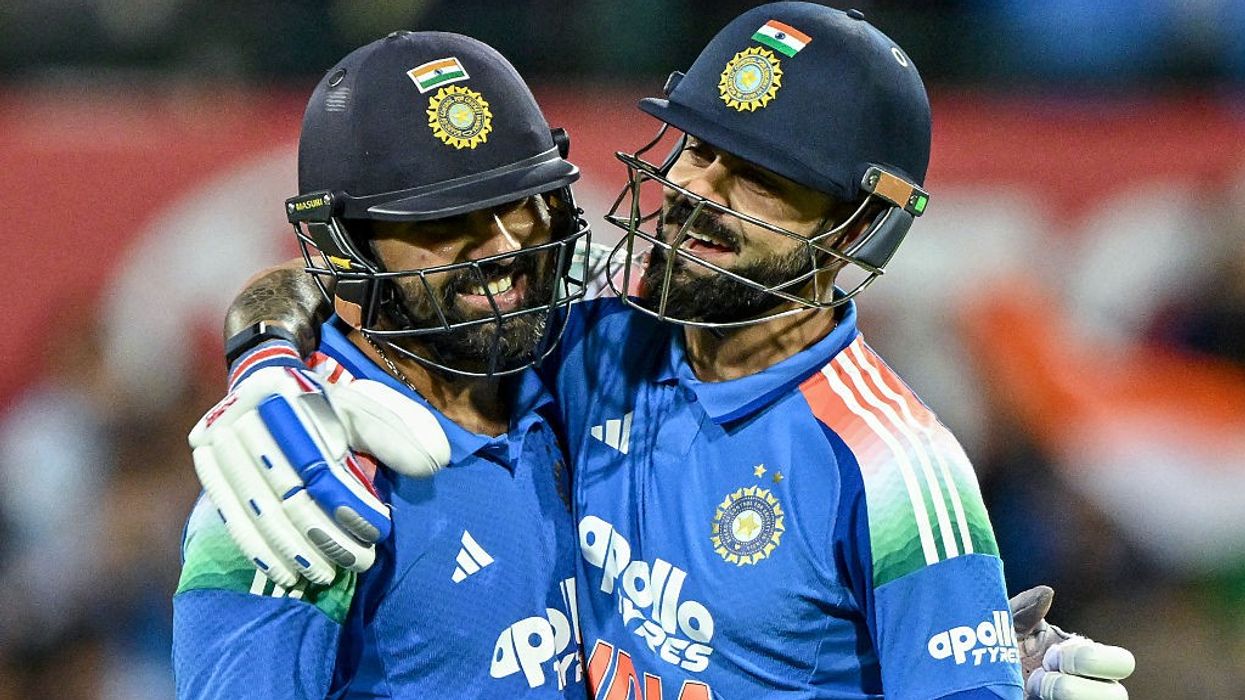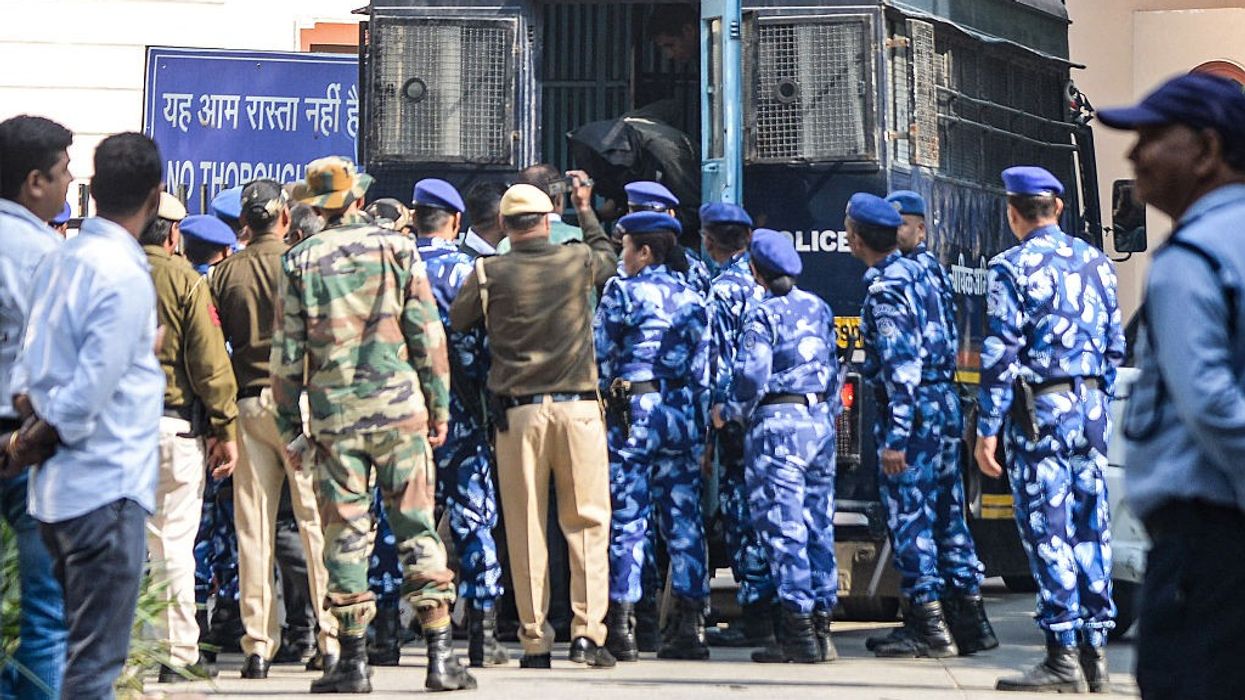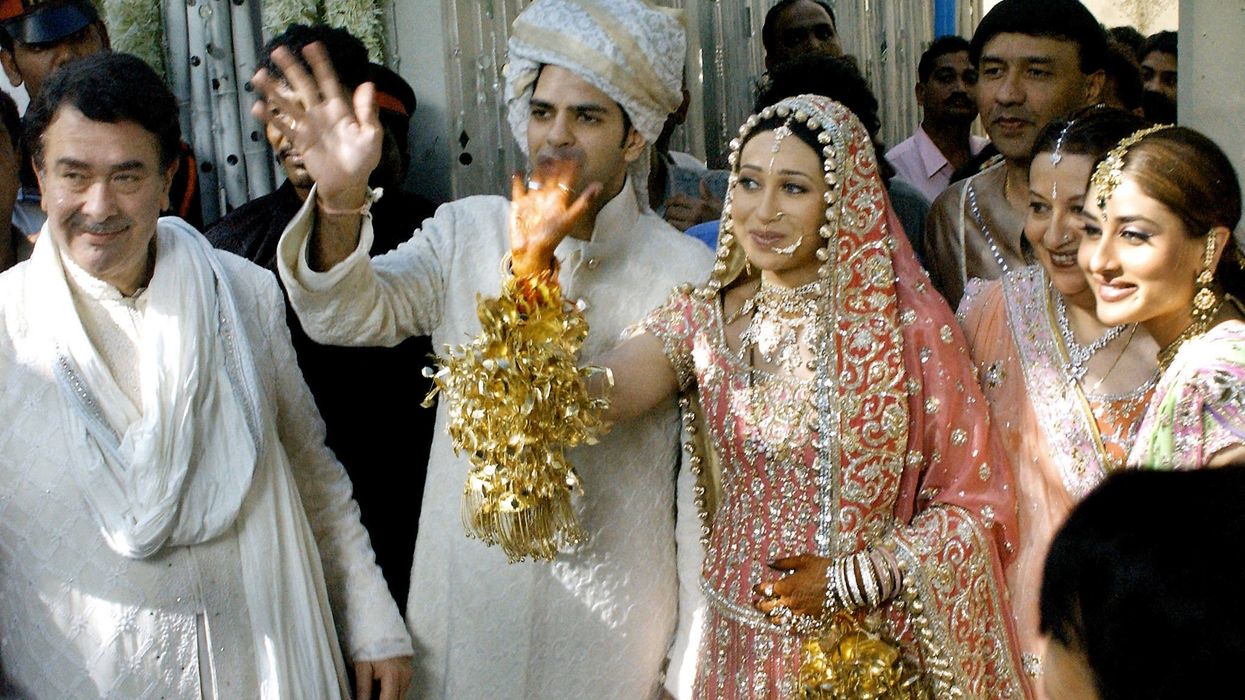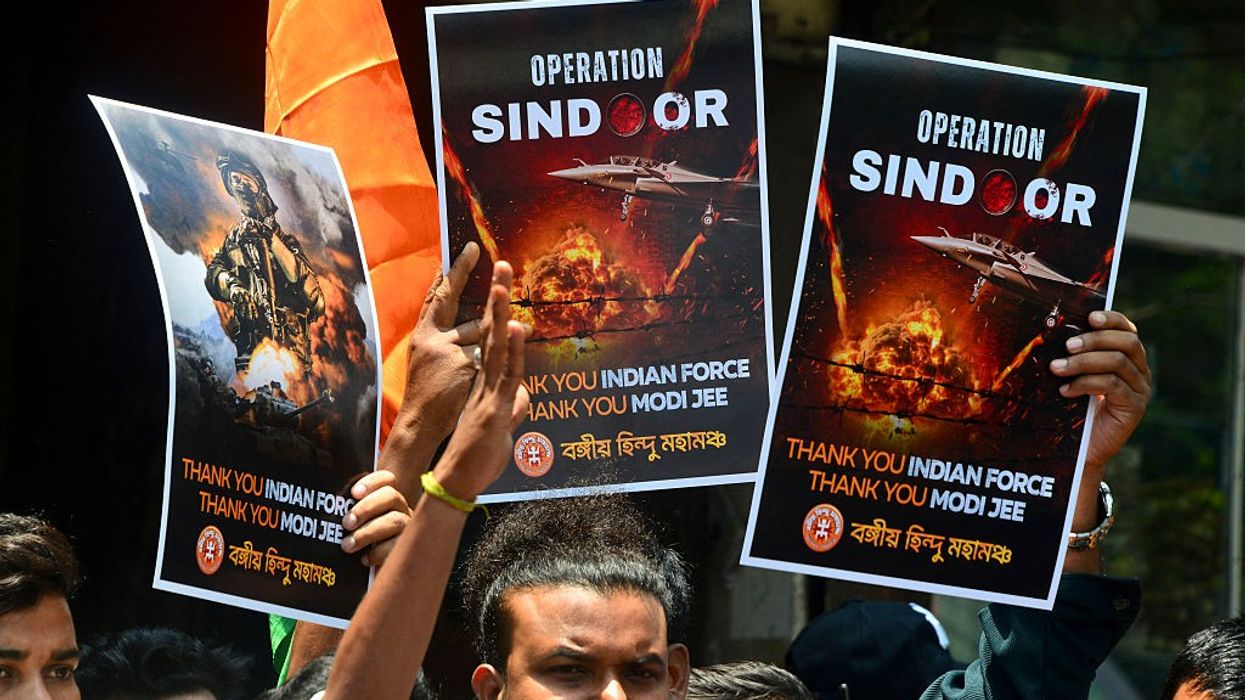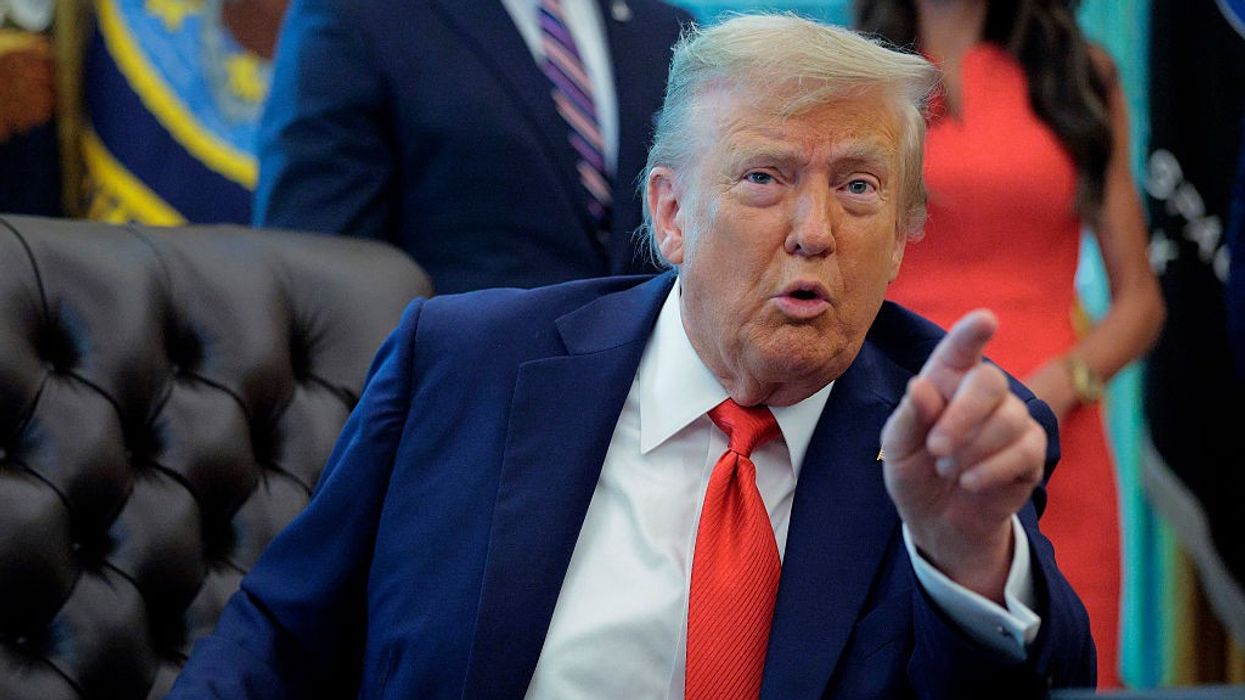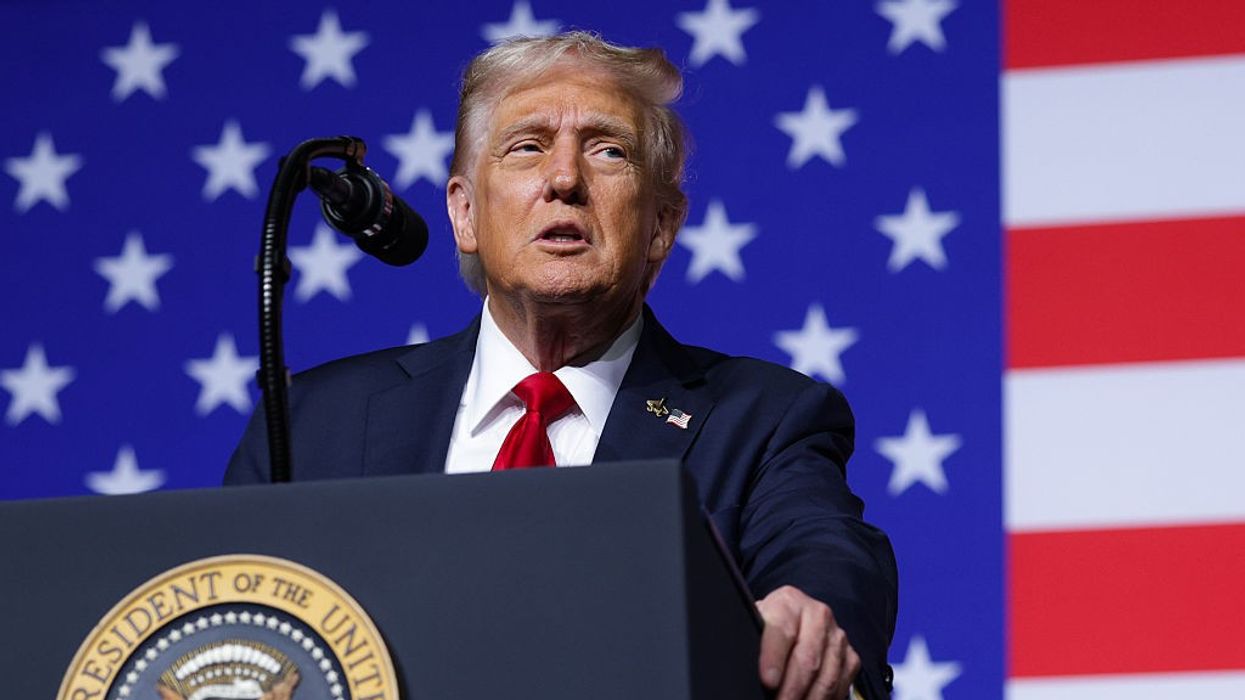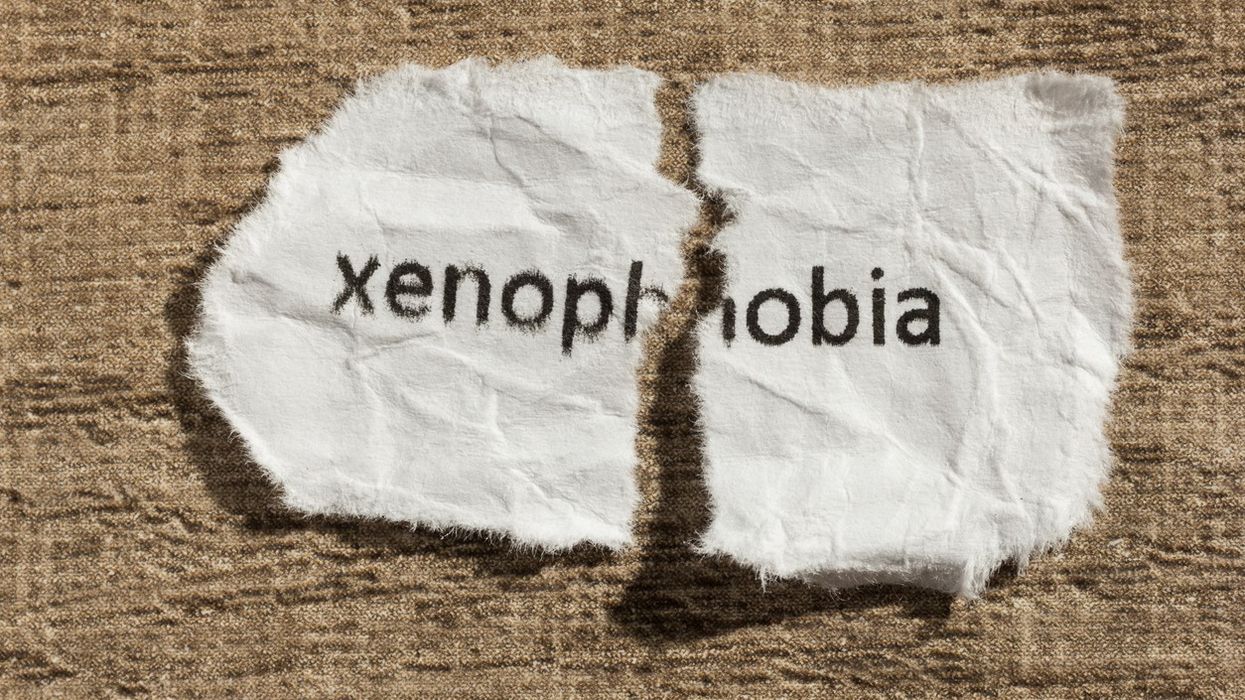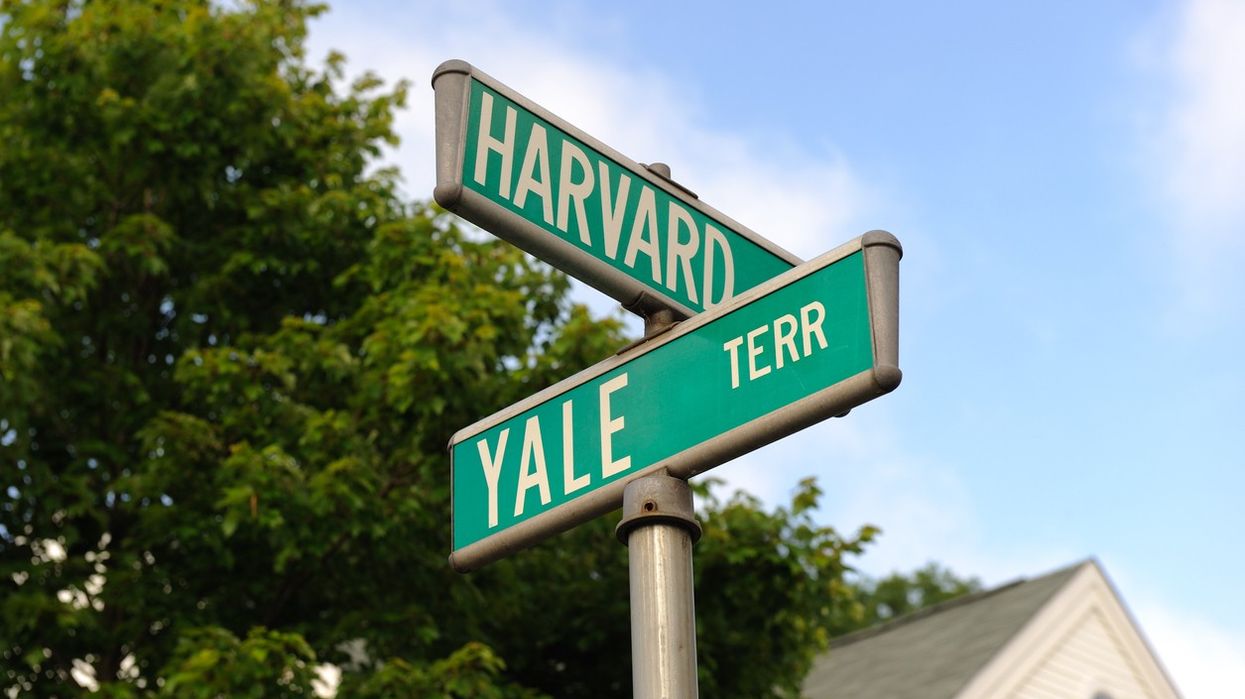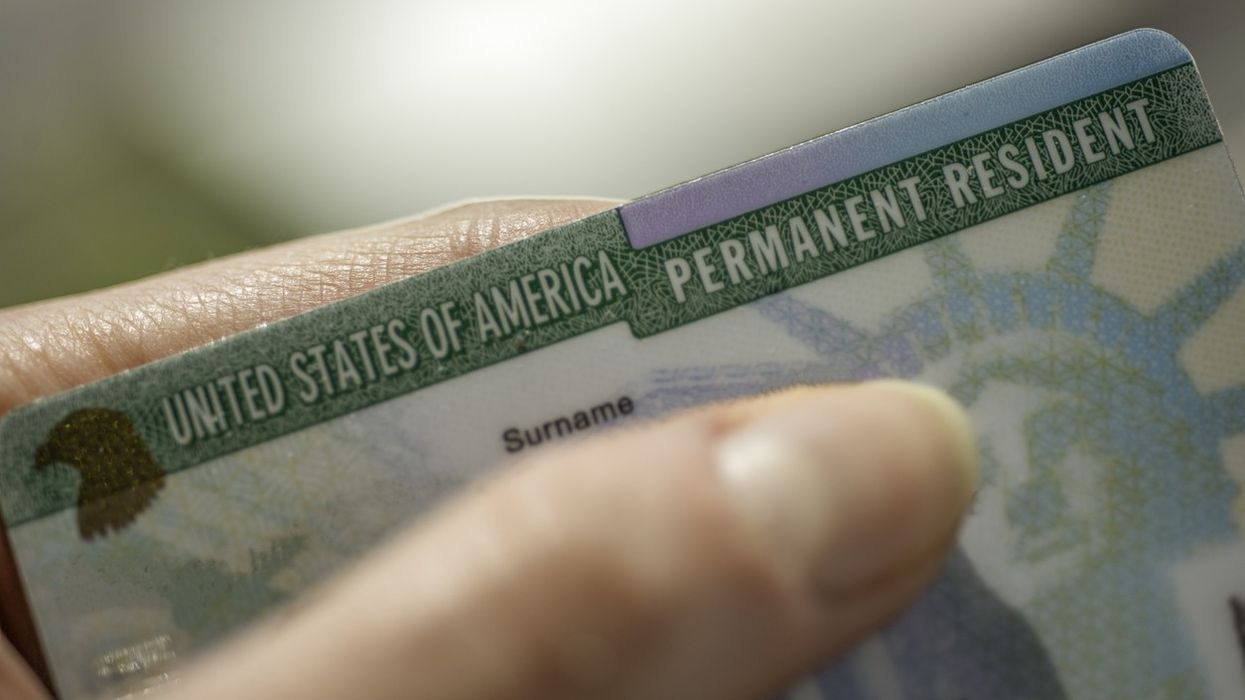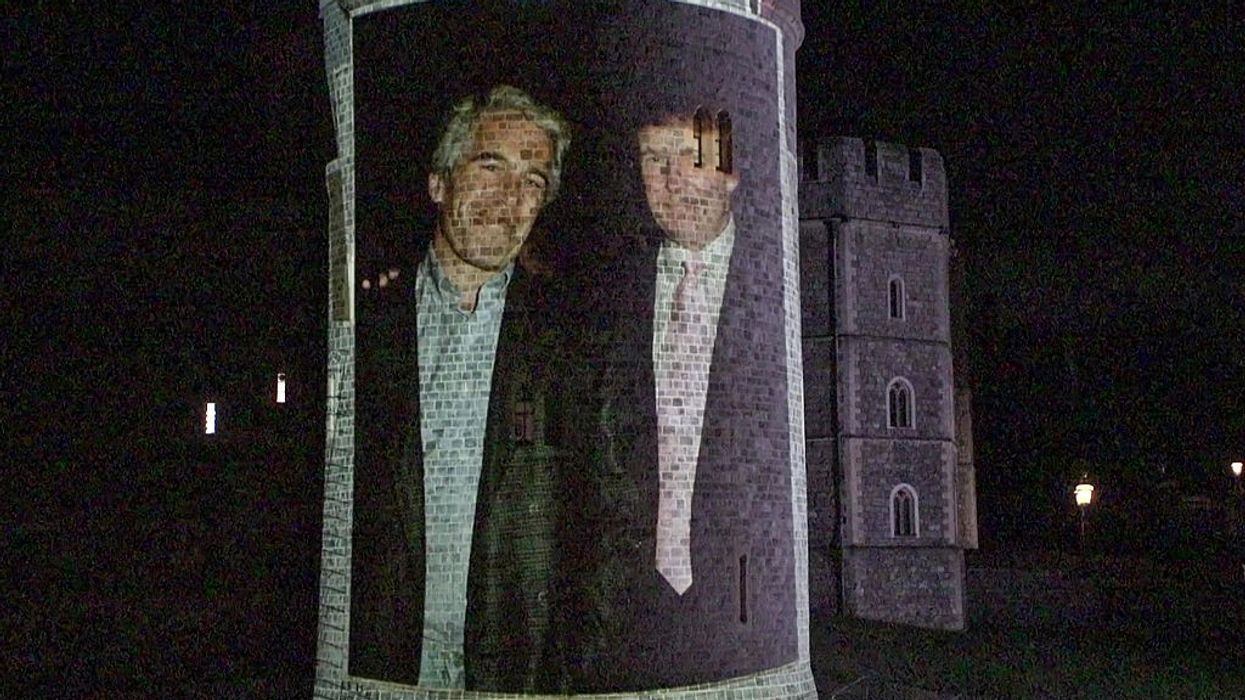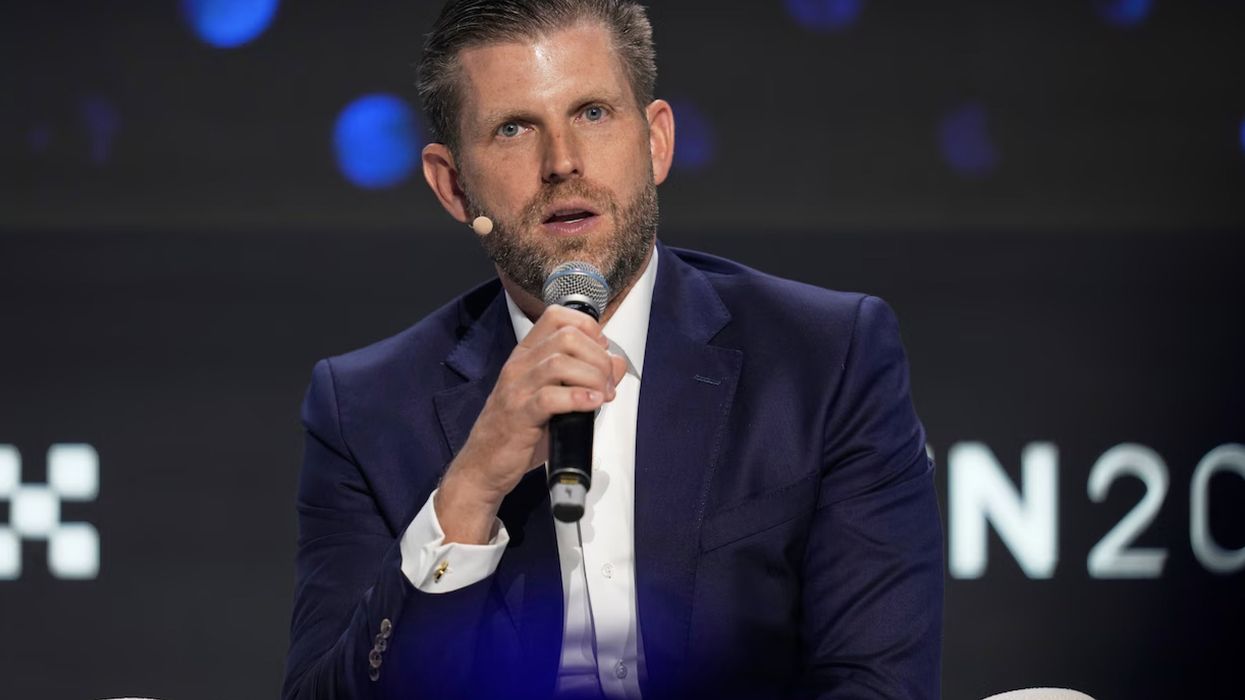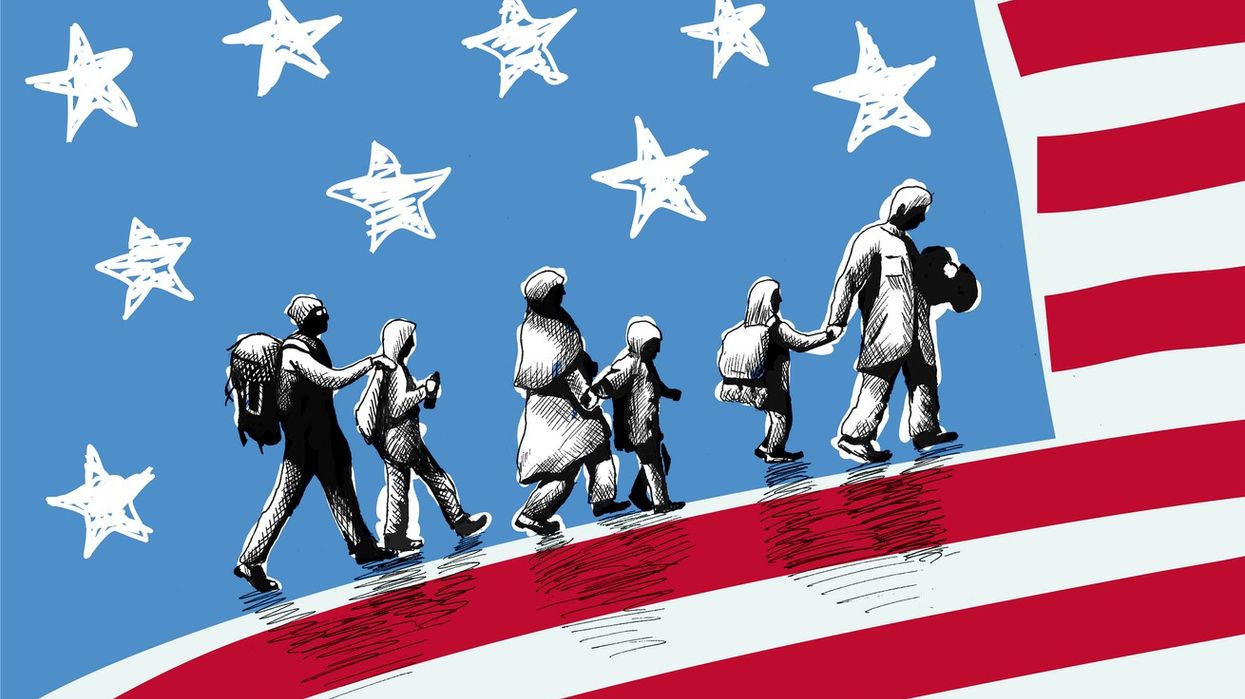Highlights:
The Pentagon's new beard ban, announced by Defence Secretary Pete Hegseth on September 30, 2025, has reignited a longstanding debate about religious freedom and inclusion within the US military. This directive, which returns all service branches to pre-2010 standards for grooming and eliminates waivers for facial hair, has drawn sharp opposition from civil rights groups and Sikh organizations, calling it a violation of fundamental rights and a reversal of meaningful progress.
A rollback on religious accommodation
The latest Pentagon directive means that religious minorities who maintain beards, such as Sikhs, orthodox Jews, and Muslims, must now choose between serving their country of practising their faith.
For the Sikh community, where unshorn hair (kesh) is a non-negotiable tenet, this policy change is especially devastating. Advocacy groups like the North American Punjabi Association (NAPA) argue that the move undermines years of effort to make the military more inclusive, describing the decisions as both discriminatory and regressive.
Past military grooming standards and change
Before 2010, the US military enforced stringent codes that did not allow for facial hair, effectively preventing observant Sikhs and other minorities from enlisting without compromising their identity. The pressure to change began mounting throughout the 2000s as civil rights campaigns and legal challenges highlighted the conflict between military policy and the First Amendment.
In 2017, following a landmark lawsuit and advocacy by Sikh soldiers and organizations, the Army issued new regulations permitting religious accommodation for articles of faith, allowing waivers for turbans, unshorn hair, and beards. This change allowed the first group of observant Sikhs in modern times to serve openly, fully expressing their faith while in uniform.
Sikhs in the US military
Sikhs first began migrating to the US in the late 19th century, with the earliest arrivals settling in California's farming regions. Many came as laborers or agricultural workers, and by the early 20th century, small Sikh communities had taken root along the West Coast.
Despite pervasive racial and religious discrimination, Sikhs began to integrate into American society and its institutions. The military journey was particularly tough: during both World Wars, a small number of Sikh Americans served despite facing significant hurdles due to the uniform, turban and beard requirements. From the 1960s through the early 2000s, nearly all practising Sikhs were excluded from enlistment or promotion within the armed forces due to grooming standards.
The Sikh American evolution
According to Pew Research Centre data, the Sikh American population is estimated at 500,000 to 700,000 as of 2025, with the majority concentrated in California, New York, and New Jersey.
Initially, migrant farm laborers, Sikh Americans have become physicians, engineers, business leaders, and public officials over the generations.
The last decade saw a visible uptick in political and civic participation, with Sikhs serving as City Council members, police officers with their turbans and beards, and, notably, in the US military after 2017.
The human cost of policy reversal
The September 2025 rollback starkly threatens these hard-won gains. Sikh service members—who have served with distinction in every recent U.S. conflict—now find themselves at a painful crossroads. Organizations like NAPA warn of a potential exodus of devout soldiers and a chilling effect on future enlistment from minority communities.
The new directive, in practical terms, is seen as a betrayal by many who believed the military had turned a corner on religious inclusion. As NAPA’s Satnam Singh Chahal says, “Asking a Sikh soldier to shave his beard is the same as asking him to give up his religion.”
The Pentagon’s beard ban serves as a stark illustration of the fragility of religious protections in the face of shifting administrative priorities.
For Sikh Americans, it threatens to erase decades of slow but vital progress made towards full inclusion and representation in the armed forces, and it risks forcing hundreds of patriotic service members to make an impossible choice between faith and country.
